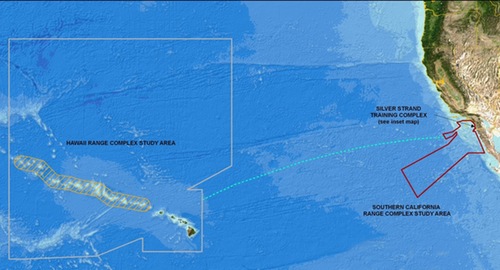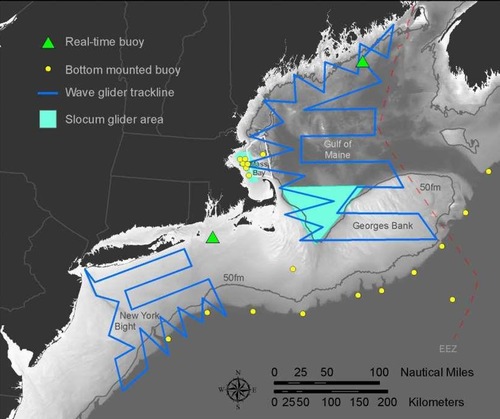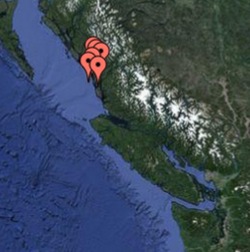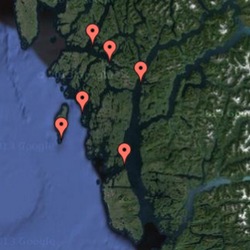The Navy and NMFS suffered a stunning legal defeat over the latest 5-year EIS and permits governing training exercises in Hawaii, California, and waters in between. In marked contrast to other recent court rulings, which found fault with some procedural issues but largely backed the Navy and NMFS’s collaborative planning results (see detailed AEI summaries of 2014 rulings on the Pacific Northwest training range and global low-frequency sonar permits), US District Court Judge Susan Moki Olway vehemently rejected several key aspects of the permitting for the Hawaii-Southern California Training and Testing (“HSTT”) Study Area. (Note: while sonar has been the focus of most public concern, these trainings also involve live ammunition, explosions, etc., that are responsible for most of the anticipated behavioral disruptions and nearly all the injuries and deaths.)

The primary target of the legal challenges was the National Marine Fisheries Service (NMFS), which issues the permits (Letters of Authorization) and the Biological Opinion that underly the permit conditions and take numbers. The Navy’s Environmental Impact Statement (EIS) was not directly challenged (a Supreme Court ruling has left the Navy with broad discretion and little room for legal challenges), but the EIS is accepted as sufficient by NMFS, and Judge Olway made a point of chastising NMFS for being too quick to simply adopt much of the Navy’s reasoning about both the impact on animal populations and the practicality (or lack thereof) of keeping training activities out of some areas.
The ruling seems to call for a fairly substantial revision of the EIS, the Biological Opinion, and the take numbers authorized by the permits; still, it may be likely that these documents can indeed be revised to fix the shortcomings identified by the Court, without substantially reducing the training activities being planned. Also, an appeal to a higher court is possible, or likely, given the broad implications of the ruling.
UPDATE, September 2015: As it turned out, the Navy and NRDC negotiated a settlement, adding a few exclusion zones for the duration of the current five-year authorization. It remains to be seen how the larger issues raised by the ruling may affect the next round of Navy EIS and NMFS authorizations.
Nonetheless, this ruling is the most fundamental challenge to the current Navy and NMFS planning process since the original lawsuits that helped trigger the Navy to begin producing EISs and NMFS to issue permits. Among the key issues that were successfully challenged:
Read the rest of this entry »





